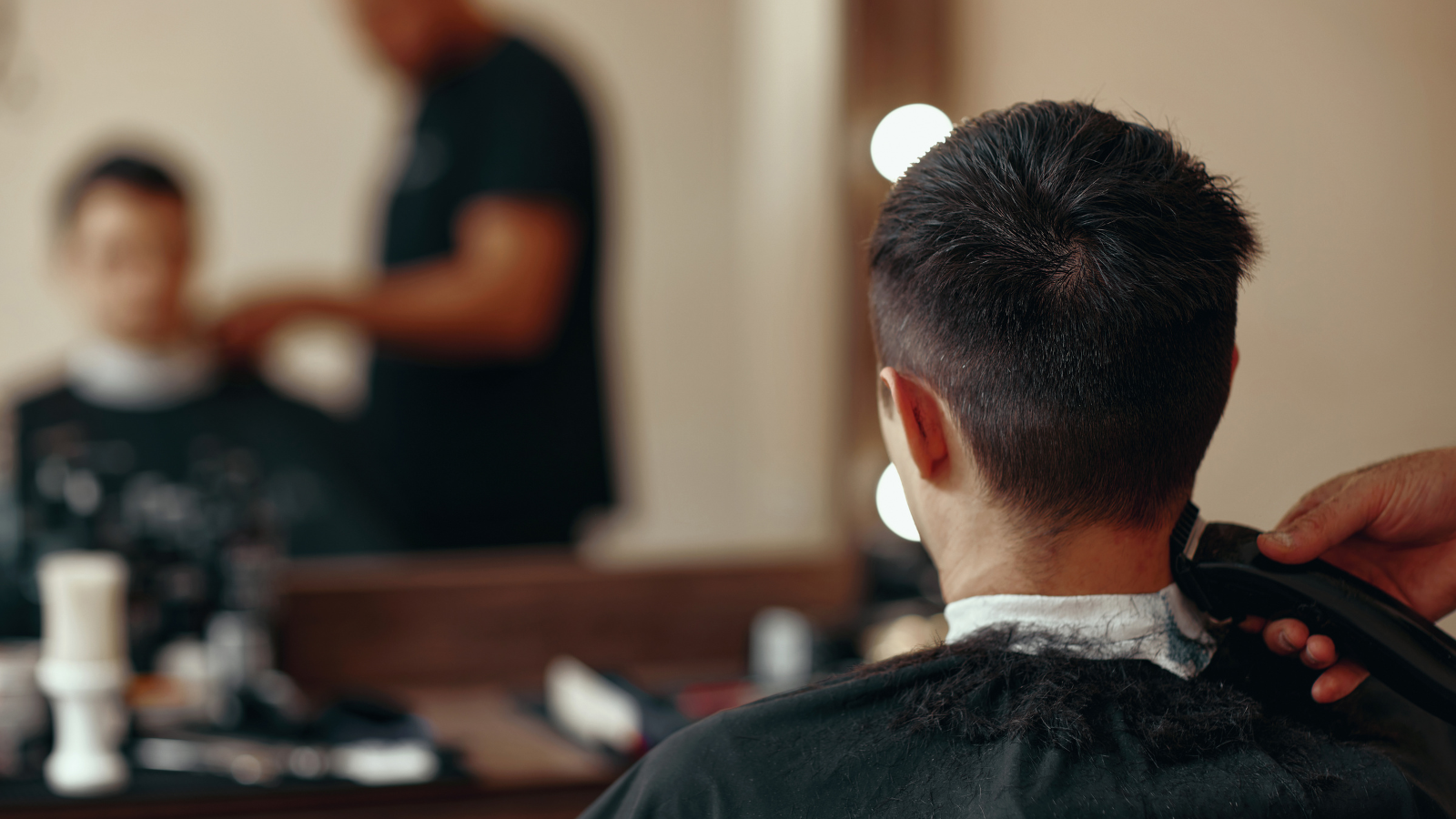How would you know if you are discriminating against men?

In a paper published a few days ago it was found that people - especially women - are more willing to accept men being harmed than women being harmed. Many people won’t be surprised by this – they might even find it obvious - and lots of people will think there is nothing wrong with it. After all, men are traditionally the protectors of others, even said to be more disposable than women and children, and although these are painful ideas for some people, a long history of nature and nurture seems to underline this point. Even today, we see that even though men make up at least a third of victims of domestic violence, male victims often go unrecognised and unsupported, as demonstrated by the UK government which “categorises violence against women and girls as a national threat” but struggles to even compile the most basic statistics on male victims.
The new paper, by Dr Tania Reynolds (University of New Mexico) and colleagues, was based on a series of three experiments involving over 600 participants. The findings lend support to what we already know about the gender empathy gap, gamma bias, and the sex difference in ingroup bias. If this female-favouring phenomenon is a hint that mother nature protects population growth by making the lives of men less valuable than women, then it’s grim news for men, and explains why people would care less about men.
“48% of participants agreed somewhat or strongly that "We have gone so far in promoting women's equality that we are discriminating against men"”
But let’s not get too gloomy, because a survey of 22,208 adults in 32 countries suggests that a large number of people do care about men’s wellbeing after all. The survey, published by the Global Institute for Women’s Leadership on March 8th (International Women’s Day), found that on average across all countries and age groups, 48% of participants agreed somewhat or strongly that "We have gone so far in promoting women's equality that we are discriminating against men". By comparison, 43% disagreed somewhat or strongly with that statement. The graph below shows the levels of agreement with the statement in the different countries.

Graph: from p.13 of the survey ‘Attitudes towards gender equality’ by Ipsos and the Global Institute for Women’s Leadership
The authors of the survey commented that “compared with pre-Covid, more people think things have gone far enough”. The fact that opinions have shifted in the past few years suggests that the gender empathy gap is not set in stone, but is – at least to some degree – changeable. Another graph (page 7 of the survey) shows differences, on average, across the generations: 53% of Millennials and 52% of Generation Z agreed with the above statement about discrimination against men, more agreement than Generation X (46%) or Baby Boomers (40%).
So is this survey showing a global increase in awareness of men’s suffering? Could it be that the campaigning efforts of people like the ManKind Initiative have had an impact? That would be a massive achievement, not least because experience shows that just because we make people aware of men’s suffering (e.g. the fact that 75% of suicides are male), that doesn’t guarantee they will sympathise. In fact victim blaming is common, and once people start thinking men are to blame for their own problems, or that men are a privileged elite, they tend to be resistant to recognising men’s suffering.
“this OECD research identifies gender inequality, but only when it goes against women. That’s because they literally don’t measure the inequalities that go against men.”
So how would you know if you are discriminating against men? Actually this is a lot harder to answer that you might think. Cognitive biases, like gamma bias, tend not to be recognised by the people who have them. But it is not just a question of unconscious bias, there is the institutional bias, especially in those organisations which claim to be promoting gender equality. For example, this OECD research identifies gender inequality, but only when it goes against women. That’s because they literally don’t measure the inequalities that go against men. If they measured inequality against men, they would find that men too suffer gender inequalities, especially in countries characterised by medium and high levels of human development.
Although the type of bias seen in gender inequality research only becomes obvious when you understand that inequality is unequally measured, there are other more overt examples of how the term ‘gender equality’ is badly abused. For example, when the European Central Bank recently stated on Twitter that “Equality is no longer enough”, many members of the public were forced to wonder if, being honest, enough was ever going to be enough. It seems that too many organisations today see men as a privileged patriarchy, and no amount of smashing them is ever enough to achieve equality.
But perhaps the graph above shows that – despite the prevailing negativity about men and masculinity – a large number of people are starting to overcome their unconscious biases against men. In theory, psychologists and social scientists should be ideally placed to help people overcome their biases, but psychology today is limited in regards to men by the quality of the theory, research and training available. There are signs of improvement, but as things stand today, academia needs to be more much scientific and humanitarian when it comes to understanding men. Helping to overcome human suffering must include male suffering, and is something that must include all of us, supported by – and not hindered by - the legal system, politics, the media, and other institutions that influence the way we think about people.
Scroll down to join the discussion
Disclaimer: This article is for information purposes only and is not a substitute for therapy, legal advice, or other professional opinion. Never disregard such advice because of this article or anything else you have read from the Centre for Male Psychology. The views expressed here do not necessarily reflect those of, or are endorsed by, The Centre for Male Psychology, and we cannot be held responsible for these views. Read our full disclaimer here.
Like our articles?
Click here to subscribe to our FREE newsletter and be first
to hear about news, events, and publications.

Have you got something to say?
Check out our submissions page to find out how to write for us.
.
Dr John Barry is a chartered psychologist, researcher, clinical hypnotherapist and co-founder of the Male Psychology Network, BPS Male Psychology Section, and The Centre for Male Psychology (CMP). Also co-editor of the Palgrave Handbook of Male Psychology & Mental Health, co-author of the textbook Perspectives in Male Psychology: An Introduction (Wiley), and presenter on Centre for Male Psychology training courses.













































